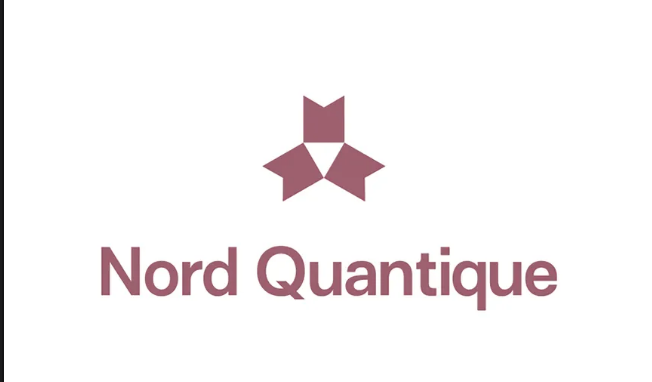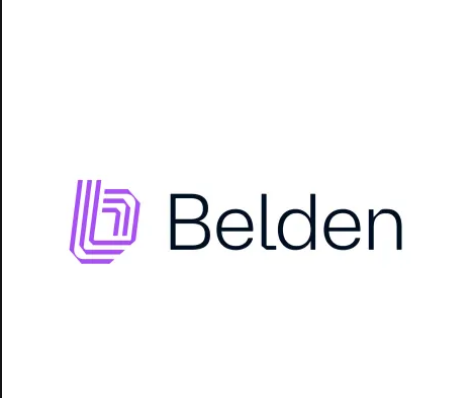Insider Brief:
- Keysight Technologies and Google Quantum AI collaborated to develop Quantum Circuit Simulation (Quantum Ckt Sim), introducing advanced flux quantization into circuit solvers, a first for superconducting quantum circuit modeling.
- The solution models flux quantization in superconducting loops, improving the precision and reliability of quantum circuit designs and reducing computational errors.
- Quantum Ckt Sim features a comprehensive quantum devices library, nonlinear circuit simulators, and advanced quantum control.
PRESS RELEASE — In a recent announcement Keysight Technologies revealed its Quantum Circuit Simulation (Quantum Ckt Sim), a design environment intended to support the development of complex quantum circuits. In collaboration with Google Quantum AI, Keysight has integrated advanced flux quantization into their simulation tools, a first in superconducting quantum circuit modeling.
Flux Quantization for Superconducting Circuits
As notes in the release, flux quantization, where magnetic flux through superconducting loops is quantized in discrete units, is central to the operation of quantum circuits. However, traditional circuit simulators typically focus on voltages, making it challenging to model flux accurately. The collaboration between Keysight and Google Quantum AI addresses this limitation by integrating frequency-domain flux quantization into Keysight’s circuit solvers. This advancement allows engineers to model complex superconducting circuits with unprecedented accuracy.

Ofer Naaman, Research Scientist at Google Quantum AI, emphasized the importance of this feature, noting, “Using Quantum Ckt Sim, it is now possible to enforce flux quantization conditions in ADS frequency-domain simulations of superconducting devices. This is a critical capability whose absence thus far limited the usability of modern EDA tools in microwave superconducting circuit design.”
Technical Insights from the Collaboration
The joint research team presented their approach in the technical paper Modeling Flux-Quantizing Josephson Junction Circuits in Keysight ADS. The paper outlines the introduction of Josephson junction and inductor models featuring auxiliary flux ports, which enable flux quantization in simulations. These models were validated through simulations of RF and DC-SQUIDs and parametric amplifiers, aligning closely with theoretical predictions and experimental data.
The article notes that the successful integration of these models is a milestone in the development of superconducting quantum circuits. Mohamed Hassan, Quantum Solutions Planning Lead at Keysight EDA, remarked, “It’s thrilling to witness the accurate modeling of frequency domain flux quantization of superconducting circuits using an EDA tool for the first time. This significant milestone leverages EDA capabilities to streamline the design of superconducting microwave circuits for quantum applications and beyond.”
Key technical highlights:
- Josephson Junction Models: The team integrated a Resistively and Capacitively Shunted Josephson junction (RCSJ) model to accurately describe the behavior of the junction, which is a critical element in superconducting circuits.
- Inductor Models with Flux Nodes: New models enable accurate simulation of flux within inductors, accounting for the induced magnetic flux in superconducting loops, a critical aspect of these circuits.
- Simulation Validation: Using the new models, the researchers performed DC, S-parameter, and harmonic balance simulations that aligned closely with theoretical predictions and experimental results, demonstrating the effectiveness of the integrated flux quantization in superconducting circuit design.
Enhanced Quantum Circuit Design Environment
The Quantum Ckt Sim design environment provides features intended to streamline the development and manipulation of superconducting quantum circuits. Key features include:
- Quantum Devices Library: Incorporates a comprehensive library of commonly used quantum devices, including RF/DC SQUIDs, SNAILs, FLUXONIUMs, and SNAKEs, for easier design and integration.
- Comprehensive Design Environment: Provides a range of nonlinear circuit simulators, such as harmonic balance for frequency domain analysis, transient/convolution for time domain analysis, and circuit envelope for modulation domain, along with x-parameters nonlinear model generation.
- Advanced Quantum Control: Precise driving of superconducting circuits with external flux supports better control and manipulation in advanced quantum computing applications.
- Streamlined Parametric Circuit Design: Simplifies the creation and optimization of parametric quantum circuits, including quantum amplifiers, which are important for improving qubit readout fidelity in quantum systems.
A New Standard for Quantum Circuit Simulations
By incorporating flux quantization into its simulation tools, Keysight may have redefined how superconducting circuits can be modeled and optimized. This collaboration with Google Quantum AI has established the Quantum Ckt Sim as a new tool to add to the ever-growing toolset in the field of quantum computing, which may provide engineers with the accuracy and control needed for new developments.

















